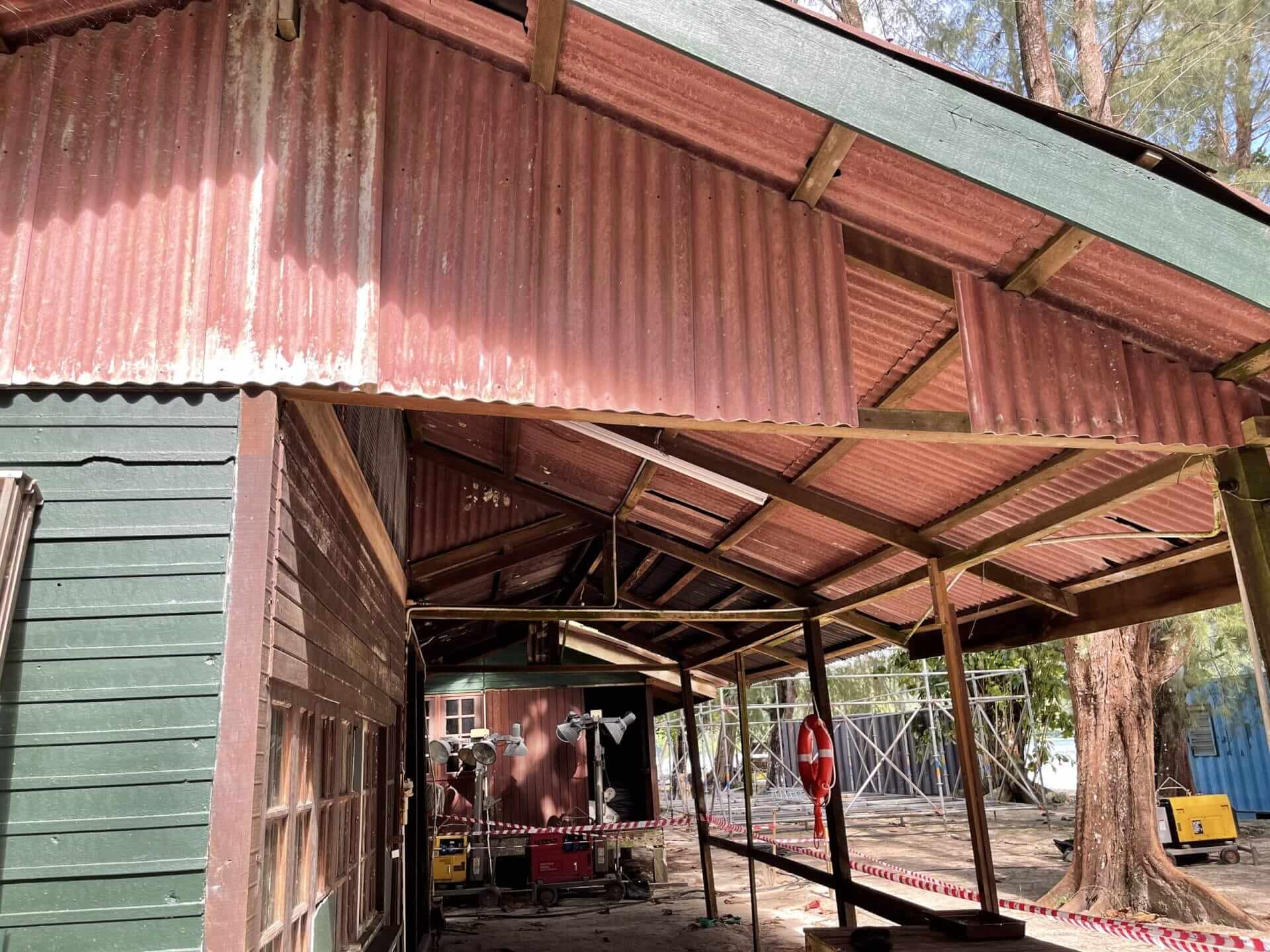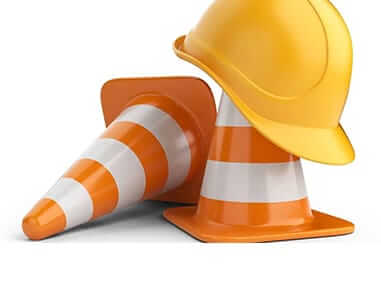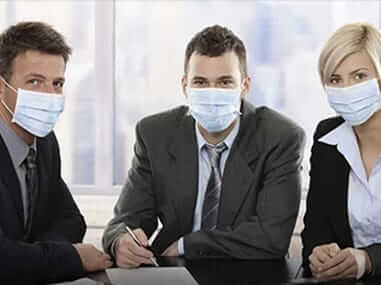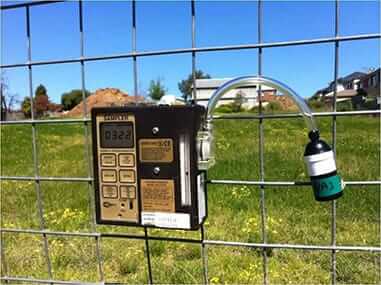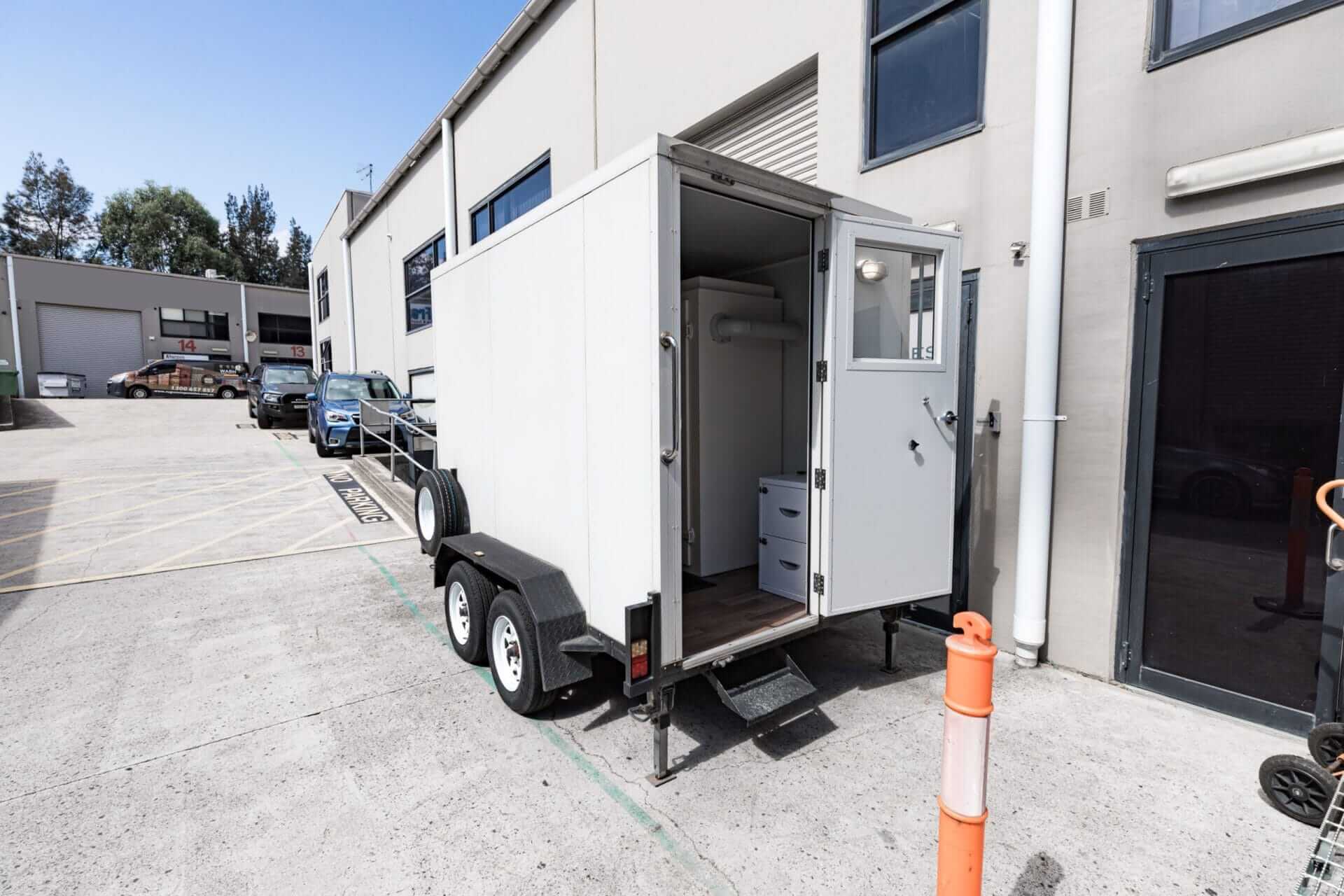
Workplace Audiometric Testing or Hearing Testing – NSW Legislation
From 1 January 2024 and under the NSW WHS Regulation 2017, a PCBU operating in NSW will be required to provide audiometric testing to any of their workers who are frequently required by them to use personal protective equipment (hearing protection) to protect the worker from the risk of hearing loss associated with noise that exceeds the exposure standard for noise that is:
- LAeq,8h of 85 dB(A) – means the eight hour equivalent continuous A-weighted sound pressure level in decibels (dB(A)) referenced to 20 micropascals, determined in accordance with AS/NZS 1269.1:2005; and
- LC,peak of 140 dB(C) – means the C-weighted peak sound pressure level in decibels (dB(C)) referenced to 20 micropascals, determined in accordance with AS/NZS 1269.1:2005.
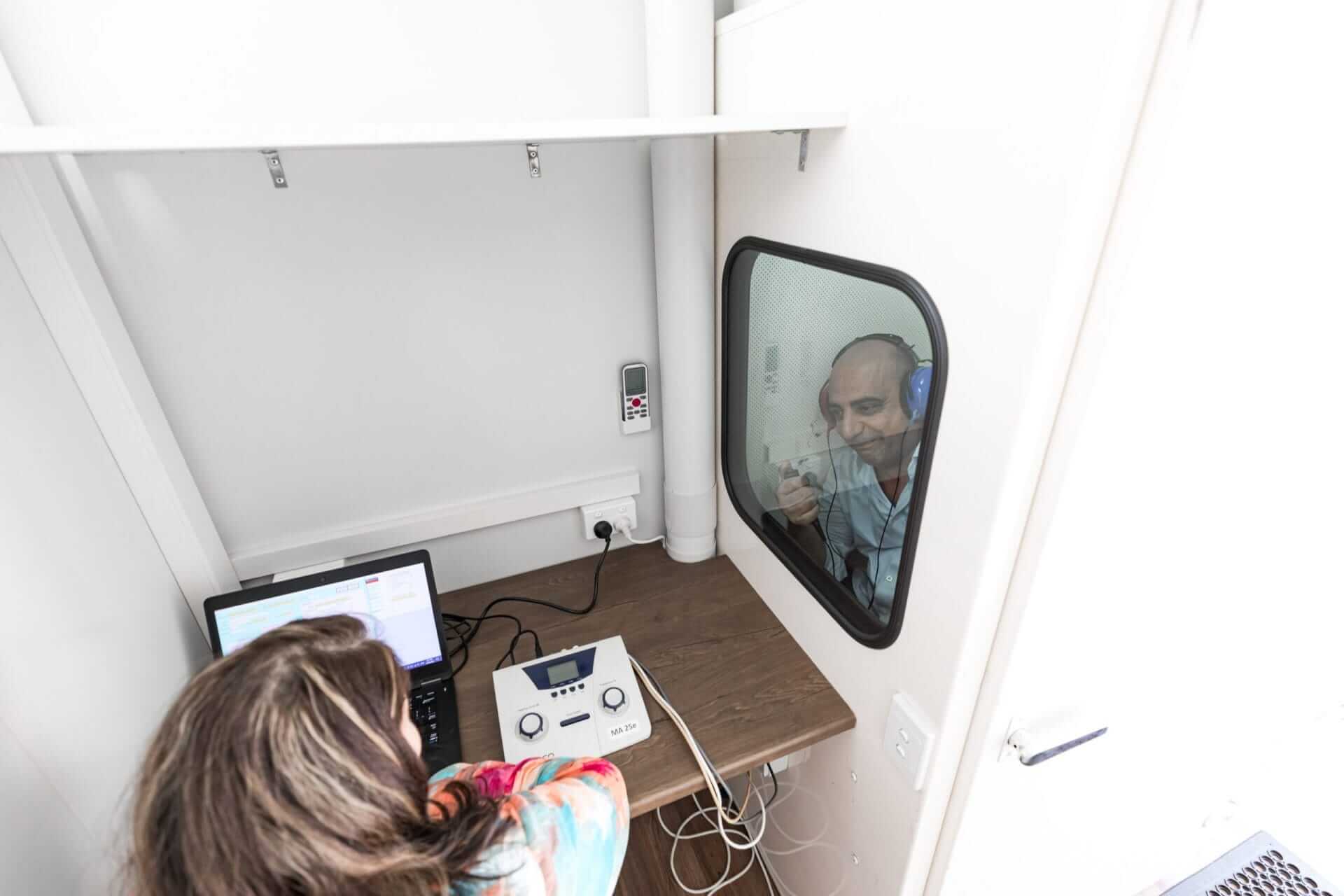
Why is Audiometric Testing or Hearing Assessment Required
It is estimated that nearly thirty percent of Australian everyday workers are exposed to excessive volumes of noise in the workplace leading to discomfort or various health risks including hearing loss. SESA is here to help. SESA provides on-site Hearing Assessments and Audiometric Testing to workers all over NSW and ACT. Our team of occupational hygienists also provide workplace noise surveys to determine if noise exposures at the workplace require audiometric testing or hearing assessment.
Clause 58 of the NSW Work Health & Safety Regulation 2017 requires that the person conducting a business or undertaking (PCBU) must provide audiometric testing to a worker who is frequently required by the PCBU to use personal protective equipment to protect the worker from the risk of hearing loss associated with noise that exceeds the exposure standard for noise. The audiometric testing to be provided for the worker within 3 months of the worker commencing the work, and in any event, at least every 2 years. This applies to workplaces where the worker is exposed to a continuous noise of 85dBA or more in an 8-hour working day or a peak exposure of 140dBC and wears PPE.
SESA’s occupational hygiene technicians will travel to your business premises and complete a short screening test to assess the individuals hearing.
Our testing is performed in accordance to the Australian Standard AS/NZS 1269.4:2014 Occupational noise management, Part 4: Auditory assessment using high quality equipment to deliver all clients the most accurate reading. Employees are given headphones where a variety of frequencies are played with gradually increasing volumes determining the hearing quality of the individual to various frequencies.

Workplace Audiometric Testing – Significant Threshold Shift & Abnormal Thresholds
Significant Threshold Shift Detected by Audiometric Testing
A threshold shift as noted in Safe Work Australia Code of Practice, refers to a shift in the auditory threshold and can be temporary or permanent, resulting in temporary or permanent hearing loss respectively. Any confirmed threshold shift should lead to action as described in AS/NZS129.4 Section 9.
A significant threshold shift is defined as:
- a shift in average threshold at 3000, 4000 and 6000 Hz greater than or equal to 5 dB; or
- a shift in mean threshold greater than or equal to 10 dB at 3000 and 4000 Hz; or
- a change in mean threshold greater than or equal to 15 dB at 6000 Hz; or
- a threshold shift greater than or equal to 15 dB at 500, 1000, 1500 or 2000 Hz; or
- a threshold shift greater than or equal to 20 dB at 8000 Hz.
Abnormal Thresholds
Detected by Audiometric Testing
Normal hearing thresholds are in the range of 0 – 25 dB hearing level (dB HL). Thresholds that are greater than 25 dB HL are said to be outside the normal range and indicate that a hearing loss is present. There are typical patterns of hearing loss, sometimes associated with the cause of the hearing loss.
Thresholds that are either outside the normal range of hearing or atypical for a type of hearing loss are considered to be abnormal.
When thresholds are abnormal, more attention is needed in order to determine the best approach to managing the hearing loss and worker.
Would You Like to Know More
About Our Services?
Call us today on 02 9822 8406, email us , or use our online enquiry form
for further information about our services, to arrange an obligation-free
phone consultation or to discuss your requirements with us.

Contact Us
